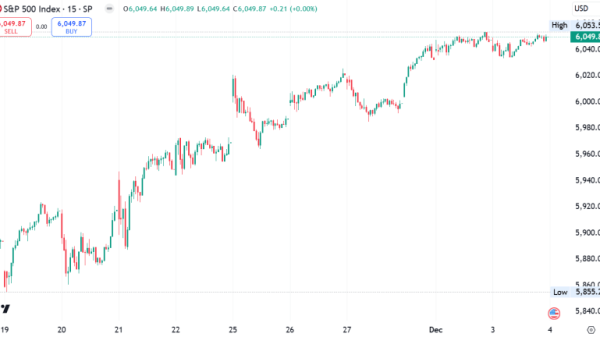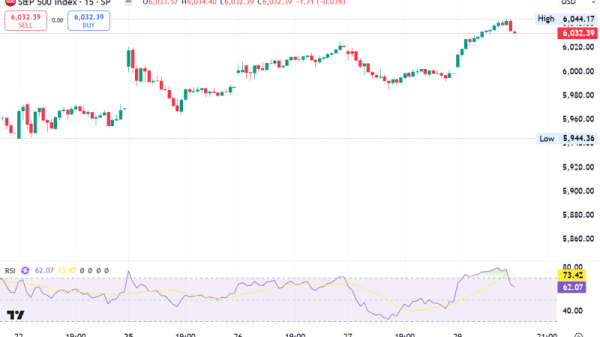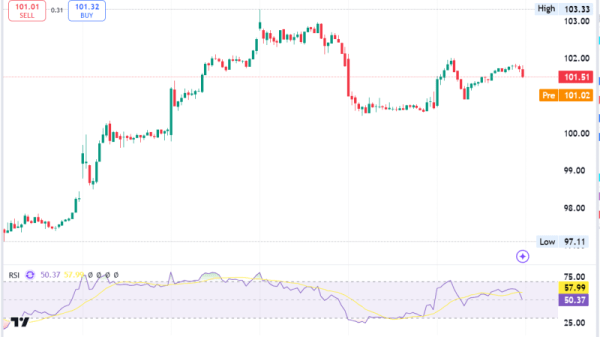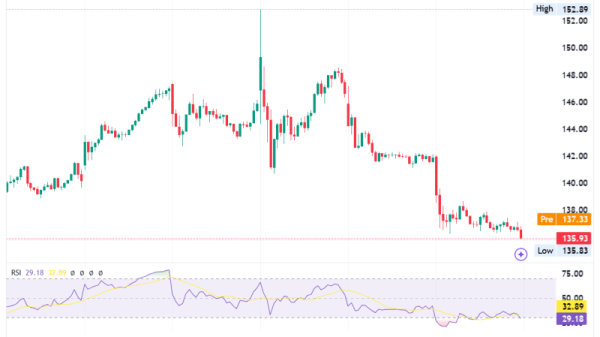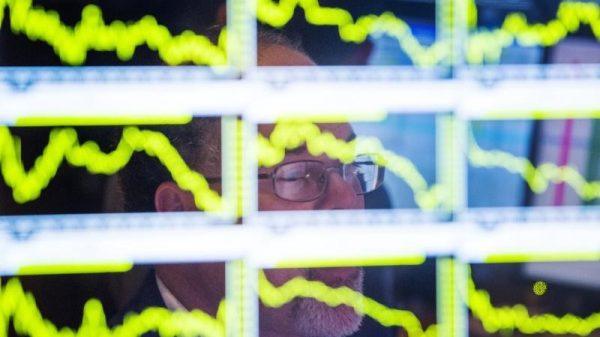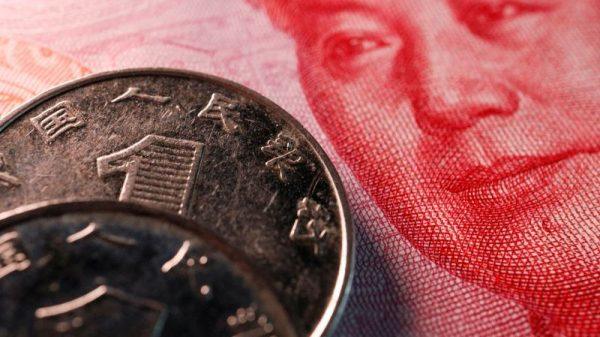By Amanda Cooper, Yoruk Bahceli and Gertrude Chavez-Dreyfuss
LONDON/NEW YORK (Reuters) -A sharp selloff in some of the world’s biggest government bond markets and a continued rise in the dollar sent shockwaves through financial markets, with the pain seen deepening as uncertainty grows over U.S. President-elect Donald Trump’s policies.
On Wednesday, the 10-year Treasury yield, underpinning trillions of dollars in daily global transactions, jumped to above 4.7%, their highest since April, and UK peers hit their highest since 2008.
Germany’s 10-year Bund yield rose on Wednesday as well to a more than five-month high amid accelerating euro zone inflation, and elevated bond supply. The yield, the euro zone benchmark, was last little changed on the day at 2.521%, after hitting 2.534%, its highest since July last year.
This unleashed a fresh wave of selling in currencies against the greenback, including sterling, which slid more than 1% before slightly recovering, and the euro, which was headed closer toward the $1 mark.
The S&P 500, which rallied post Trump’s win, has recently started to falter, although it has marginally recouped some of those losses.
Trump, in a press conference at Mar-a-Lago on Tuesday, decried high U.S. interest rates despite the Federal Reserve being in the midst of an easing cycle.
“Inflation is continuing to rage, and interest rates are far too high,” the president-elect said.
Central banks all but declared victory over inflation in 2024, but a number of metrics show price pressures are rising again.
Trump’s plans for higher trade tariffs, tax cuts and deregulation threaten to push up inflation and strain government finances, thereby also limiting the Federal Reserve’s scope to cut interest rates.
“What it really boils down to is the term premium: 85% of the rise in yields that we have seen since mid-September is accounted for by the term premium,” said Chip Hughey, managing director of fixed income at Truist Advisory Services in Richmond, Virginia.
“That is a reflection that fiscal policy uncertainty continues to climb as we head to the new administration being sworn in.”
Term premium refers to the expected excess return that investors earn by holding longer-dated U.S. Treasuries versus rolling over T-bills.
Hughey pointed out that the current term premium for the 10-year note is 54 basis points (bps), up from minus 29 bps in mid-September. This means that 10-year yields are 54 bps higher than what can be justified by Fed policy expectations.
SUPPLY WAVE
Other governments are busy repairing their own finances and shoring up their economies, while ramping up bond sales.
Long-dated yields, which tend to be less susceptible to short-term swings in expectations for monetary policy, have hit multi-year highs globally, partly because of the tidal wave of new bonds this year.
Europe’s bond markets are having to absorb heavy issuance to start the year, with Germany selling 5 billion euros of 10-year Bunds and Italy selling new 10-year and 20-year green bonds via syndication.
Byron Anderson, head of fixed income at Laffer Tengler Investments in Scottsdale, Arizona, cited about $14.6 trillion of Treasury debt maturing over the next two years, which means there is a lot of debt to extend beyond one year.
Traders say the incoming Trump administration will need to change the current focus on relying more on short-term debt.
Thirty-year Treasury bond yields have risen 60 basis points in a month – the largest such increase since October 2023. They are now perilously close to 5%, a level rarely seen in the past two decades.
This has pushed the premium of 30-year yields to two-year yields to its highest in nearly three years – a dynamic known as “curve steepening”.
“There’s a big pipeline of bonds that needs to be sold, so that gives you a steeper curve as well as a higher term premium in longer bonds. I think that’s one of the main drivers,” said Danske Bank (CSE:DANSKE) chief analyst Jens Peter Soerensen.
UK 30-year gilt yields have hit their highest since 1998 to around 5.4%, adding to worries about the impact of higher borrowing costs on the British government’s already shaky finances.

